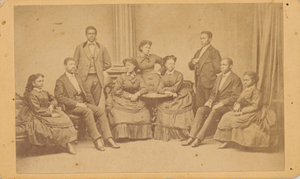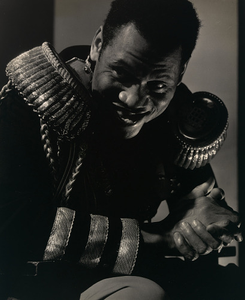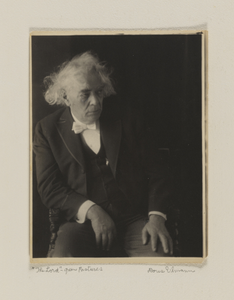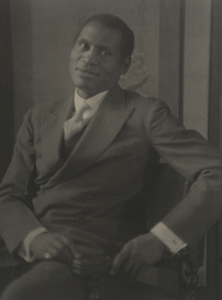Description
Born Portland, IndianaTwyla Tharp’s offbeat early work earned her a small group of enthusiasts, but in the mid-1970s she began to search for a wider audience. She created Push Comes to Shove for Mikhail Baryshnikov in 1976, and his performance helped establish Tharp as one of the most innovative choreographers of the era. Noted for her offbeat but technically precise combination of movements and her flippant humor, she choreographed such popular movies as Hair, Ragtime, and Amadeus. Tharp also created such important stage works as “Nine Sinatra Songs” and Movin’ Out, which ran for 1,303 performances.Whatever dance medium she has worked in, Tharp has always been rooted in a “sort of American belief and the fact that the old American dream can still come true. In other words, you do something you believe in and you think is worthwhile and is truly good, and it will be honored. And it has worked out that way. Can you believe it?”
Image
Gelatin Silver Print
National Portrait Gallery, Smithsonian Institution; gift of Arnold Newman





















